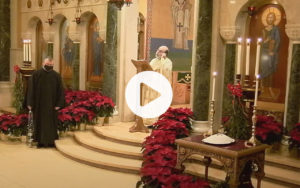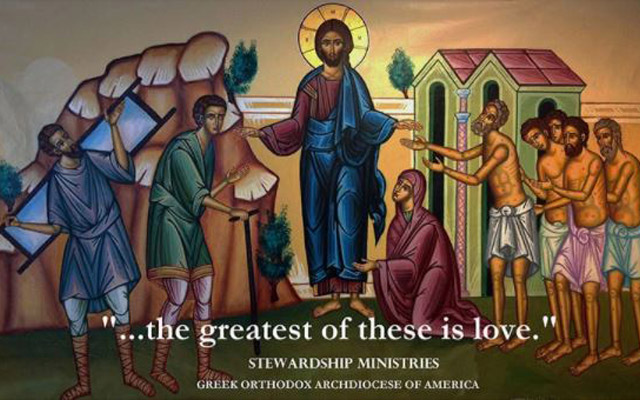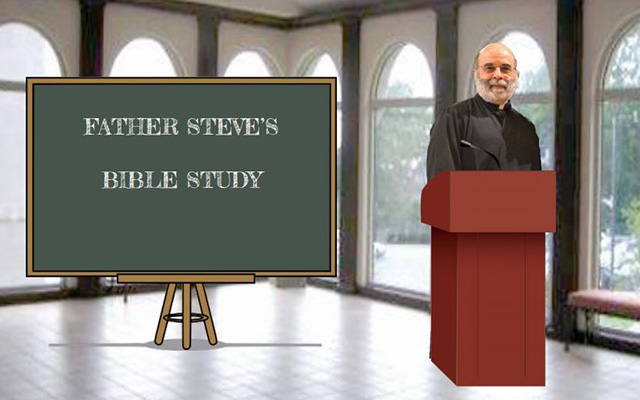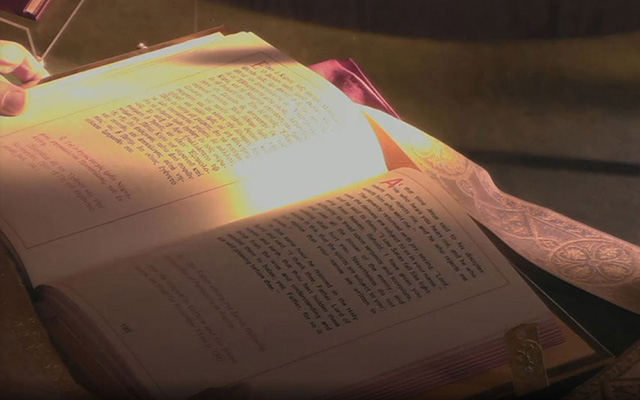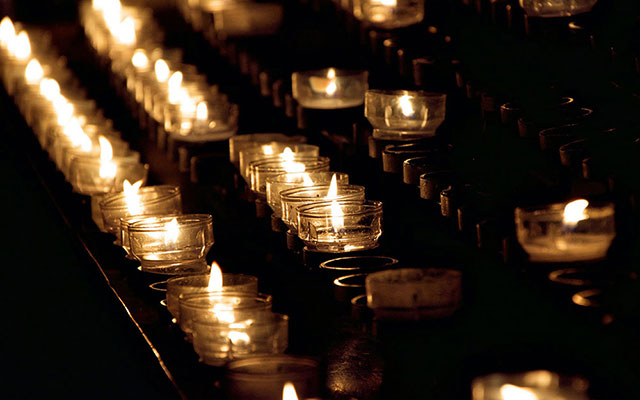Feast of the Holy, Glorious, and All-Praiseworthy Chiefs of the Apostles, Peter and Paul
THE HOLY APOSTLES PETER AND PAUL The divinely-blessed Peter was from Bethsaida of Galilee. He was the son of Jonas and the brother of Andrew the First-called. He was a fisherman by trade, unlearned and poor, and was called Simon; later he was renamed Peter by the Lord Jesus Christ Himself, Who looked at him and said, “Thou art Simon the son of Jonas; thou shalt be called Cephas (which is by interpretation, Peter)” (John 1:42). On being raised by the Lord to the dignity of an Apostle and becoming inseparable from


